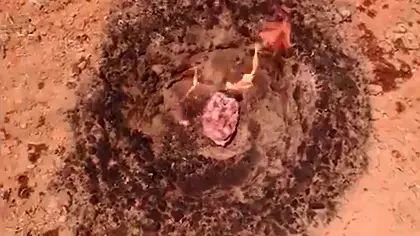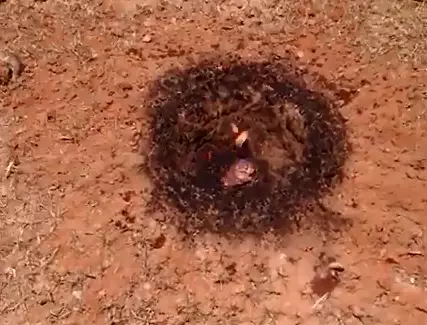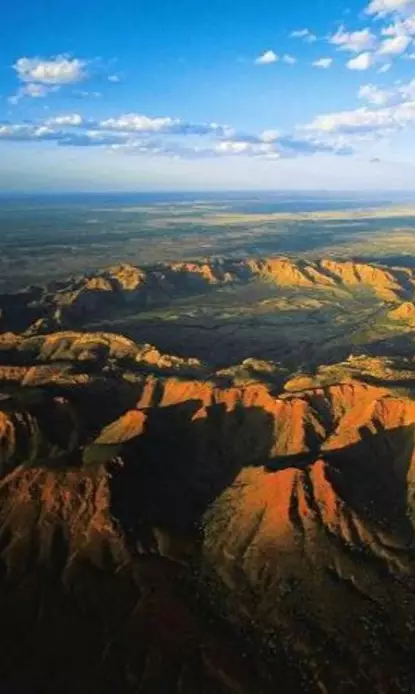
Hearing a loud bang outside your home means you are instantly going to investigate.
Was it a car crash? Has someone just belted a football at your house and nearly caved the door down? Is your neighbour clay-pigeon shooting (more one for the middle classes)?
In the case of Jay Sullivent from Appling, Georgia, US, it was a supposed 'meteor' which crashed down on his lawn and caused the almighty boom.
Credit: Caters
When he opened his door wondering if it was a car accident, Jay was puzzled by the fact that he couldn't see anything.
That was until he saw smoke coming from his garden, followed by a burnt circle of grass with a hole in the middle.
Within that hole, which has clearly broken the land around it, was a burning pink rock.
An intrigued Jay flicked open a penknife before exclaiming: "It's a damn meteorite."

Credit: Caters
Jay said: "It was so loud that I thought there had been a car accident on the road in front of my house.
"When I got over to the crate, it was around 15 inches deep and about the same across.
"The rock in the middle was glowing red."
It is a rare case, of a rock this size, falling from space. Although each year thousands enter the Earth's atmosphere.
Most burn up as they travel through it (around 90 to 95 percent) but even the smallest that do make can cause damage.
A piece of rock, weighing in at less than 500g, can travel at speeds of 200mph and can easy through the roof of a house or shatter a car windscreen.
Of course, the one found in Jay's garden is far from the biggest ever record on Earth.
The Vredefort Crater, in Free State, South Africa, was formed over two-billion years ago, by a meteor believed to have been around 118 miles in radius.

Credit: Pinterest
The site, now a UNESCO World Heritage Site, is the same as the distance between London and Birmingham - if not slightly bigger.
So, next time a stone flies up on Featured Image Credit: CatersTopics: America